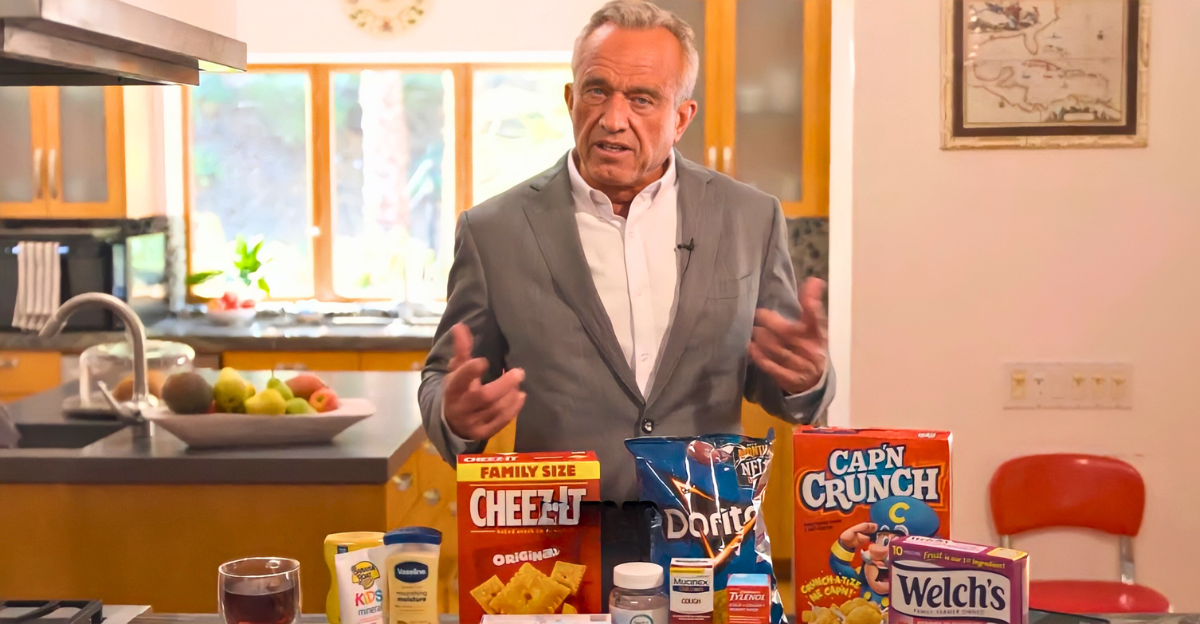
Every time you pour a bowl of rainbow-colored cereal or crack open a sports drink, you’re consuming additives that have been banned in over 100 countries, but still show up in American kitchens.
Health and Human Services Secretary Robert F. Kennedy Jr. has described the widespread use of synthetic additives as a major health crisis and pledged to cut these chemicals from U.S. food by 2026. The reforms target petroleum-based dyes, controversial preservatives, and ultra-processed ingredients that power a $120+ billion global food additives industry.
And here’s the kicker, this crackdown won’t just hit junk food. Some so-called “healthy” staples are about to vanish too.
Froot Loops
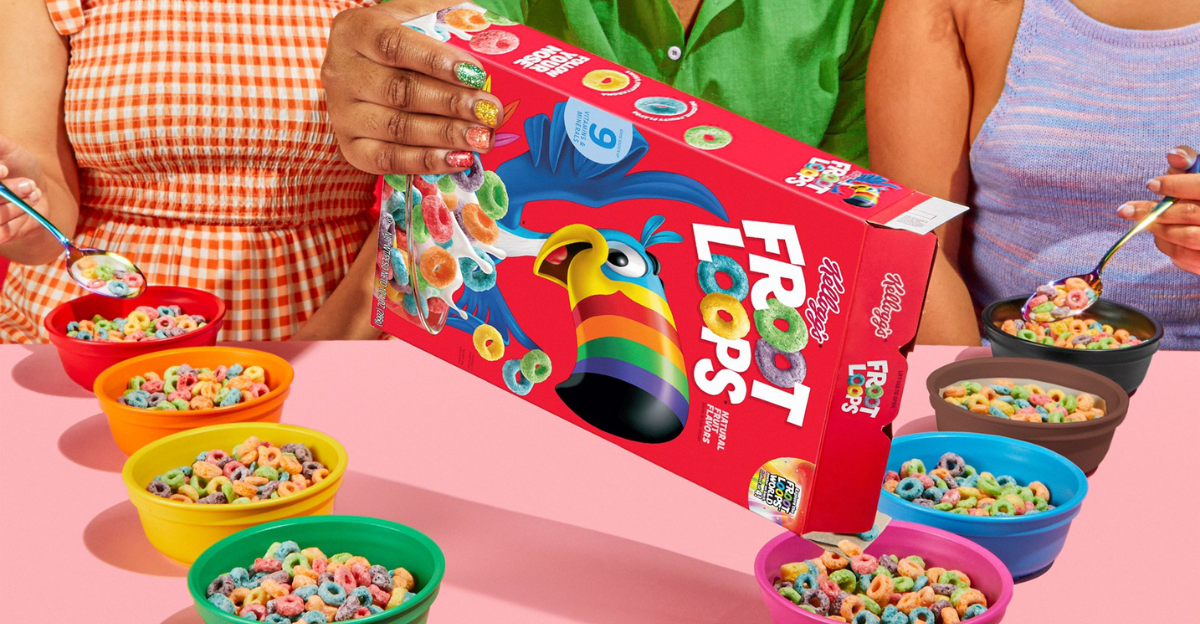
Froot Loops, that sugary rainbow of childhood breakfasts, is now in serious trouble. The cereal contains four synthetic dyes: Red 40, Yellow 5, Yellow 6, and Blue 1, all banned under Kennedy’s new rules. While Kellogg’s makes dye-free versions for Canadian markets using fruit juice concentrates, the U.S. version hasn’t changed in nearly a decade.
In 2018, the company pledged to ditch artificial dyes. It never followed through. Protesters recently gathered outside Kellogg’s Michigan headquarters, demanding answers. Meanwhile, American kids are still eating additives that Europe banned long ago, all packaged as “part of a complete breakfast.”
Cheez-Its

Those crispy orange Cheez-It crackers you love? They pack more than just “real cheese.” Along with synthetic dyes, they contain TBHQ, a petroleum-derived preservative banned in Japan and restricted in Europe. This chemical, flagged by the Environmental Working Group for immune system risks, shows up in over 1,200 processed foods.
The ingredient list also includes a mix of seed oils and preservatives Kennedy has called out as dangerous. It’s a harsh reminder that what looks like a simple snack may actually be loaded with chemicals originally developed for industrial use.
Mountain Dew
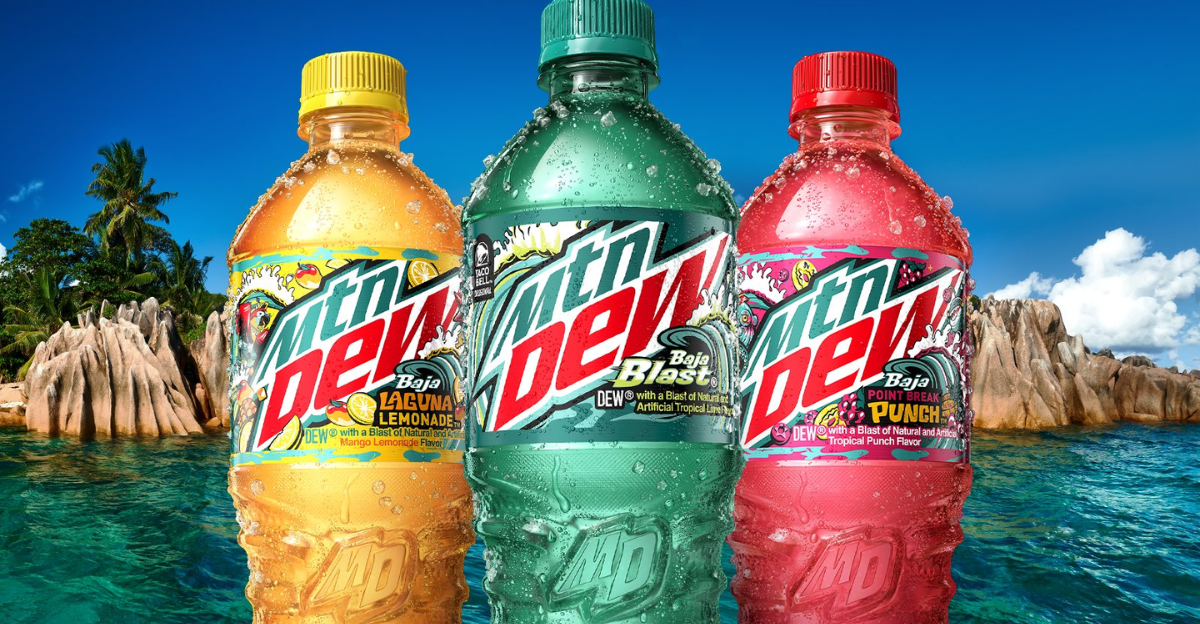
For years, Mountain Dew contained brominated vegetable oil (BVO), a chemical used in flame retardants and banned in over 100 countries. Though PepsiCo eventually removed it, the ingredient left a lasting scar.
Bromine, BVO’s core compound, disrupts thyroid function and may trigger cancer and autoimmune disorders. Its original purpose? To keep citrus flavoring from separating in the bottle. That tradeoff, visual consistency over health, is a striking example of how far food manufacturing drifted from nutrition. The fact that this was allowed in drinks for decades still baffles many.
M&Ms and Skittles
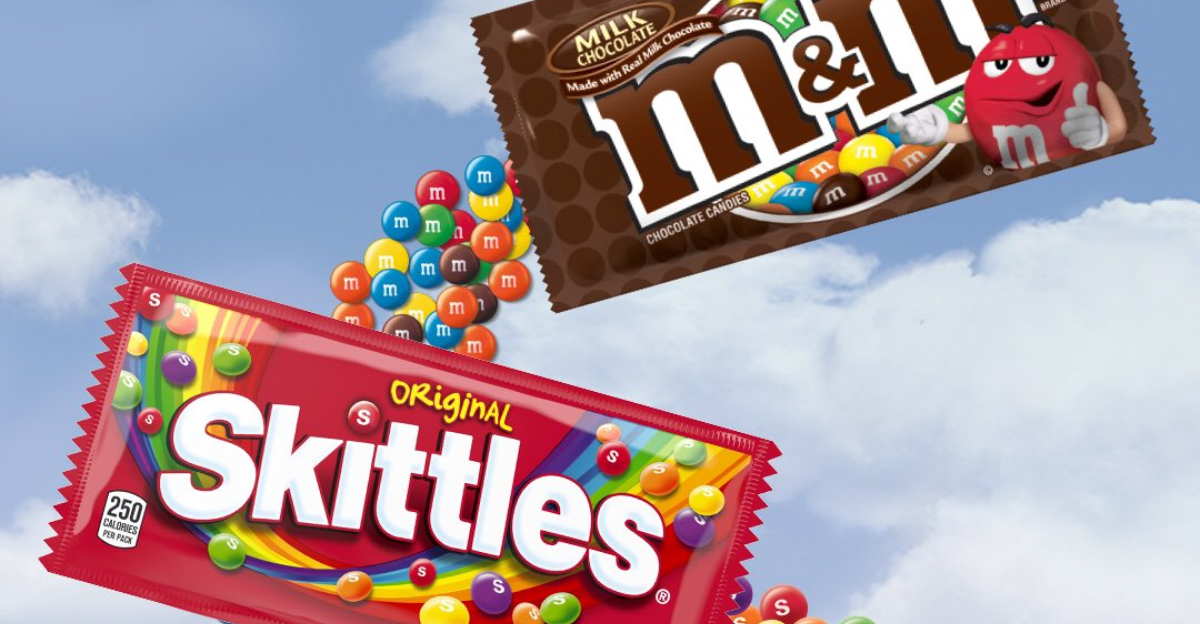
Back in 2016, Mars Inc. vowed to remove artificial colors from M&Ms and Skittles. But progress has been slow, due to higher costs and the technical challenge of matching those bright, stable hues with natural alternatives.
Now, Kennedy’s 2026 deadline adds serious pressure for reformulation. These candies generate billions annually, but unless companies overhaul their formulas fast, those iconic colors could disappear from U.S. shelves.
Meanwhile, European markets already offer natural versions, highlighting how U.S. consumers have continued to receive products with synthetic dyes long after safer alternatives became available elsewhere.
Bread
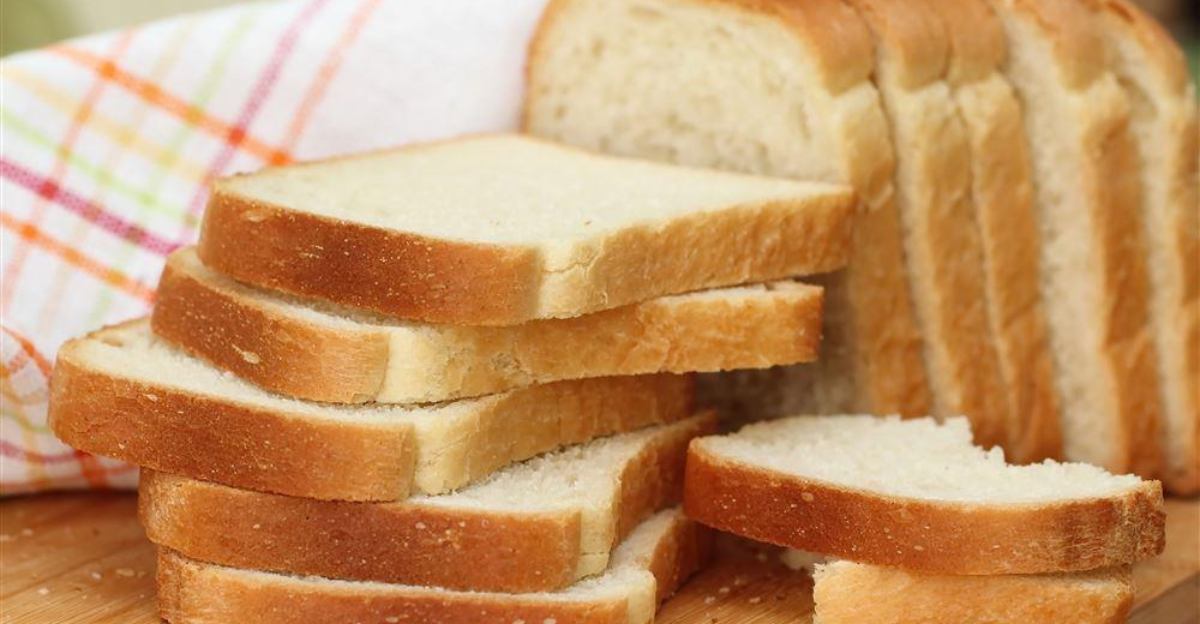
Potassium bromate, used to make bread fluffier and more durable, shares ingredients with fireworks and disinfectants. It’s been banned in the U.K. since 1990 and in Canada since 1994, but it’s still widely used in American bread.
The International Agency for Research on Cancer lists it as a possible human carcinogen, yet it shows up in burger buns from fast food giants like Arby’s and Burger King. California declared it a carcinogen in 1991, which pushed local bakers to switch to safer alternatives. Elsewhere, it’s business as usual.
Corn Syrup
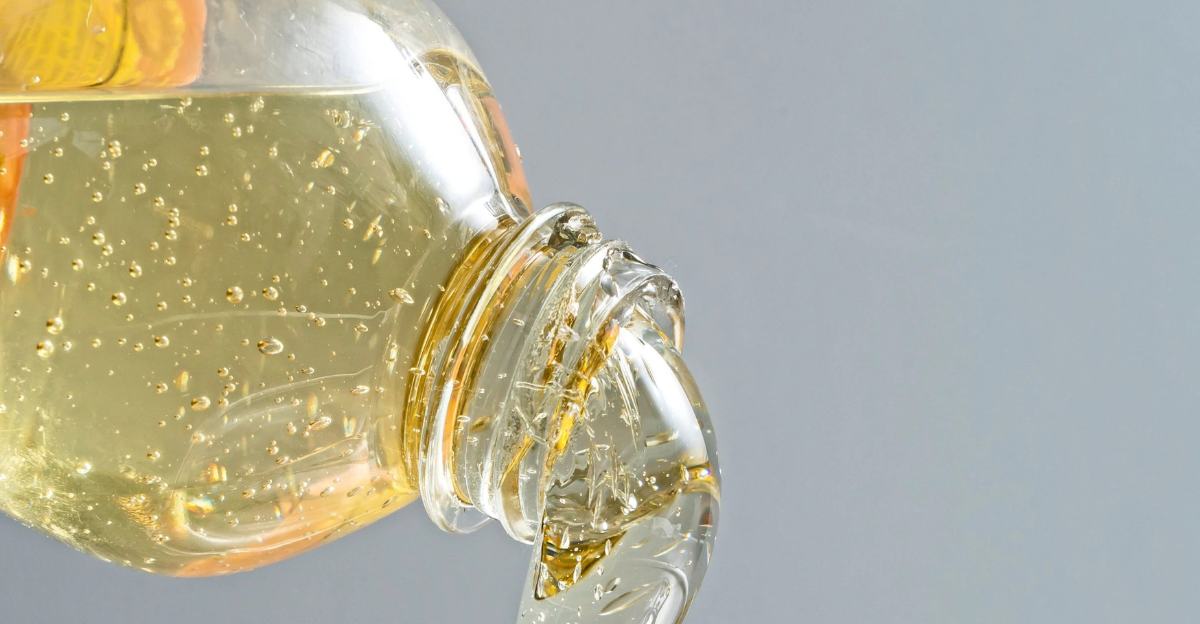
Indiana may soon ban high fructose corn syrup (HFCS), blaming it for obesity, diabetes, and heart disease. That move follows California’s lead in challenging controversial additives, and could ignite a wave of copycat legislation nationwide. HFCS lurks in more than just sodas. It hides in ketchup, jelly, steak sauce, and even cereal.
Though food makers insist it’s no worse than sugar, new studies suggest our bodies process it differently, potentially leading to metabolic issues. If Indiana’s push gains momentum, manufacturers may be forced to overhaul recipes state by state.
McDonald’s
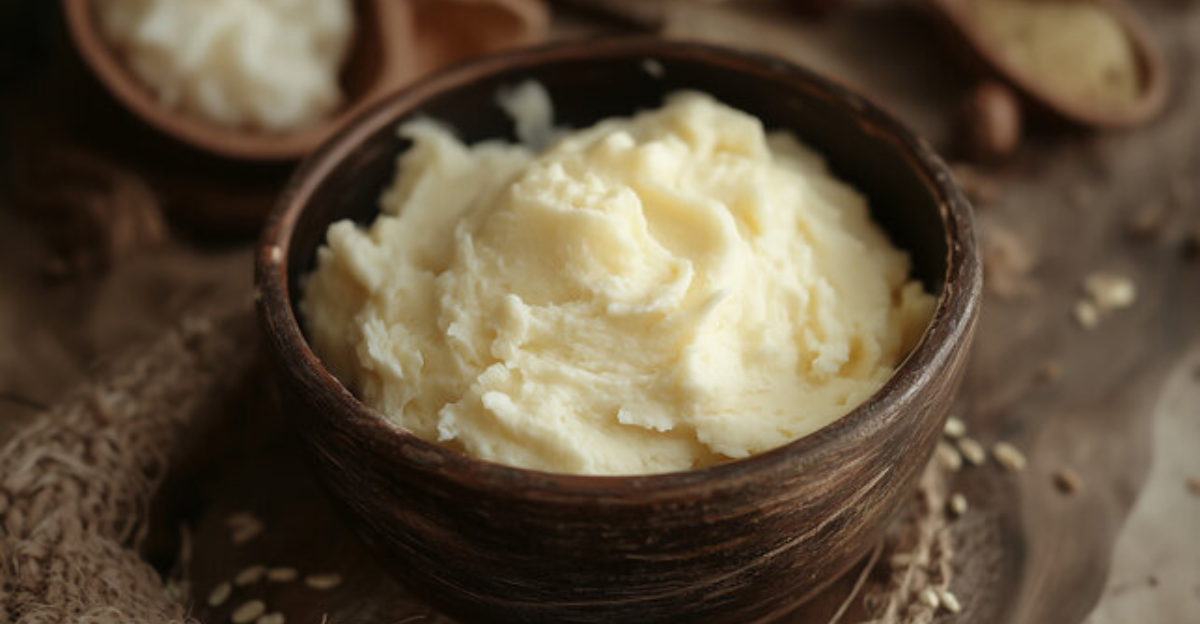
In 1990, McDonald’s swapped beef tallow for vegetable oil, a move that fundamentally changed the flavor of their fries. The switch introduced seed oils high in omega-6 fatty acids; while some research suggests that an imbalance in omega-6 to omega-3 intake may promote inflammation, the link to chronic illness remains debated among experts.
Kennedy has called for a return to “traditional” fats like beef tallow, arguing it could help address the diabetes epidemic, which currently affects about 12% of U.S. adults, with another 34% classified as prediabetic. Such a shift would force fast-food chains to overhaul their deep fryers, a costly and complex process, but could revive the old-school taste many still remember.
Snack Crackers

BHA and BHT, used to keep crackers crunchy and prevent fats from going rancid, are banned or restricted in Europe, Japan, Canada, Australia, and New Zealand due to links to cancer (especially in animal studies), hormone disruption, and possible effects on blood clotting. These petroleum-based antioxidants still appear in U.S. cereals, chips, gum, baked goods, and even butter.
California labels BHA a carcinogen under Proposition 65, while the FDA insists both are safe in small amounts. The National Institutes of Health calls them possible human carcinogens, highlighting a stark divide between federal and global regulators. Vitamin E could replace them, but it’s pricier, so most manufacturers stick with the cheaper synthetic stuff.
Seed Oils
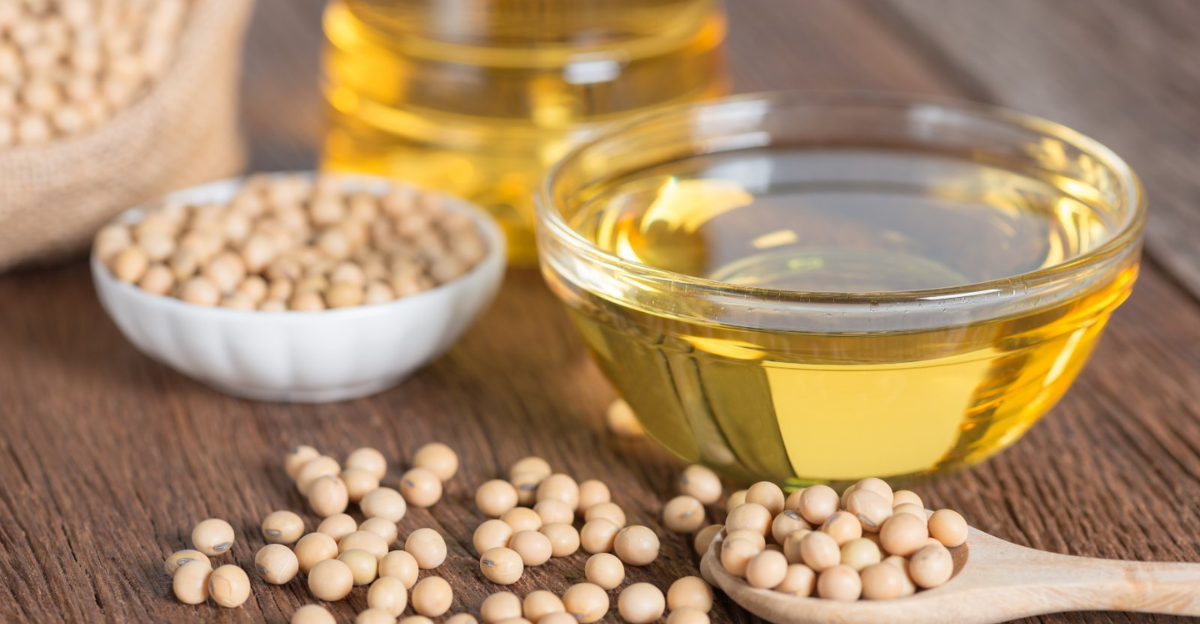
Corn, canola, cottonseed, soy, sunflower, safflower, rice bran, grapeseed, the so-called “hateful eight” seed oils, are everywhere. Marketed as healthy, these oils are extracted using high heat and chemical solvents like hexane, which damage their molecular structure. Unlike olive or flax oils, these aren’t meant for human consumption in their raw form.
Kennedy has directly targeted these oils, calling them a silent health threat. Worse still, when heated, they degrade even further, releasing toxins. These oils replaced saturated fats in our diets, but they may have brought their own set of dangers.
A Food System at a Crossroads

Kennedy’s bans go beyond policy, they challenge the core of America’s modern food supply. For decades, shelf life, color, and corporate margins came before health.
Now, that era is ending. Ingredients long banned in Europe are only now facing scrutiny in the U.S., and the consequences could be massive.
Reformulation will bring higher prices and new textures, yes. But it could also push food companies to embrace ingredients that are actually food. The question is: will Americans pay more for products made without industrial chemicals? Or will they cling to the old conveniences, no matter the cost?
